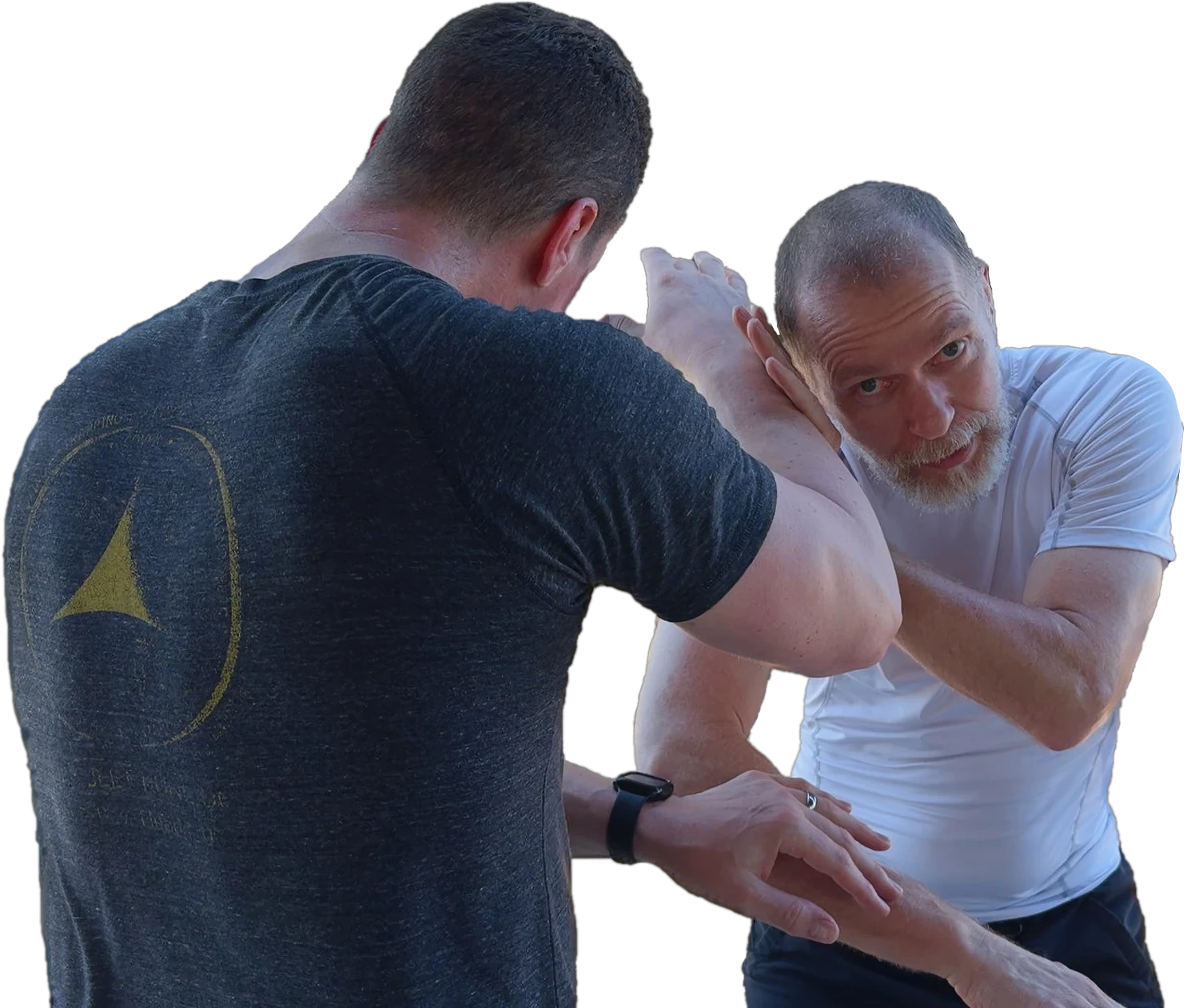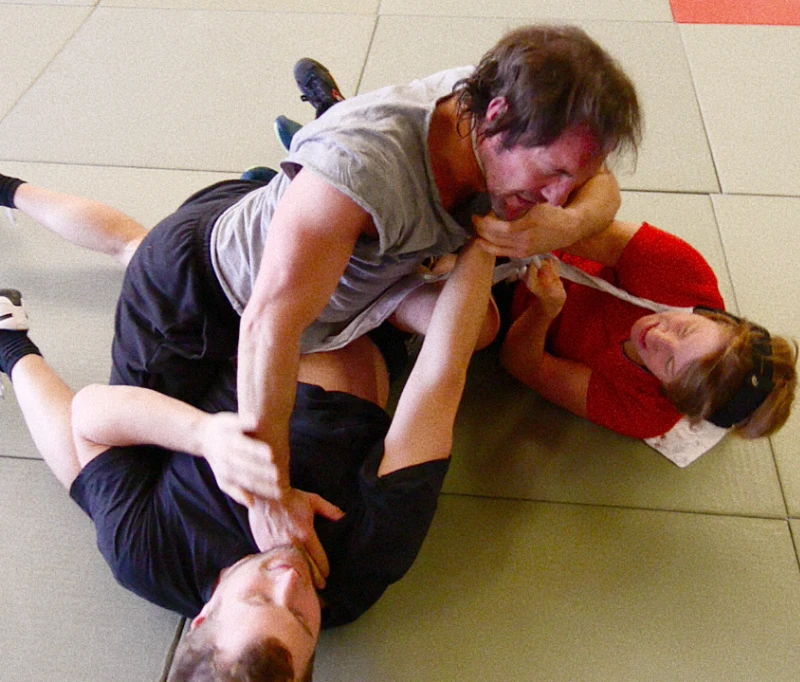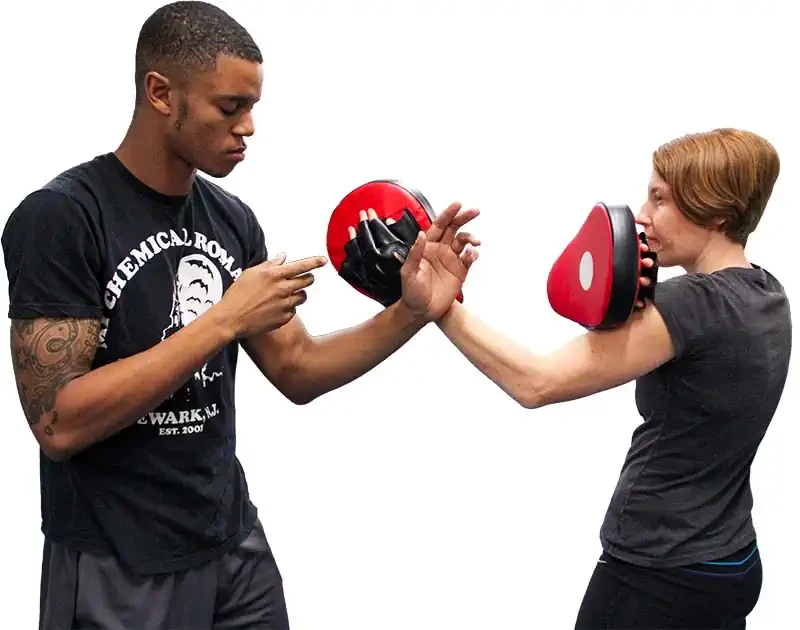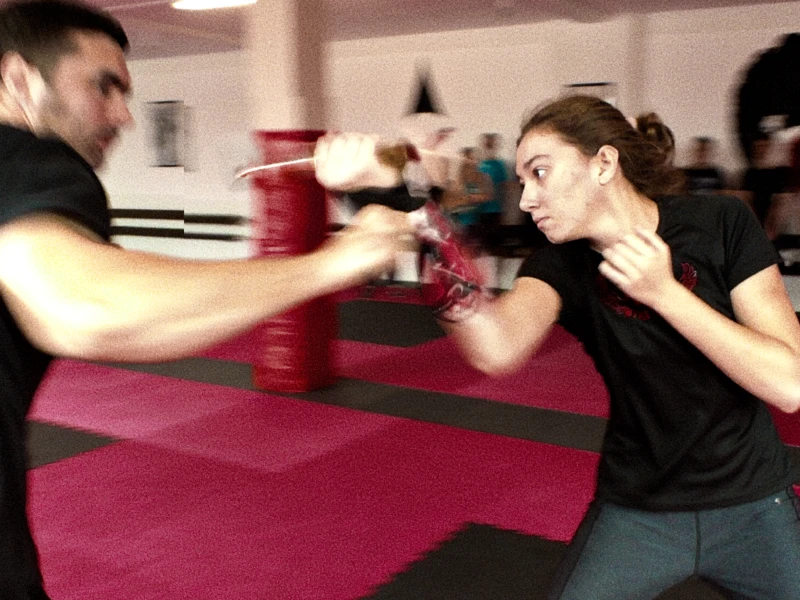
Greetings, Ming here.
I have over 30,000 hours of training, research, and development to help shape Core JKD into what it is today.
Core Jeet Kune Do is an experiential combative art—you must immerse yourself physically and mentally to discover its truth.
Our Disciplines
Core JKD
Core Jeet Kune Do is an advanced training methodology for self-defense in all ranges against single and multiple opponents, with or without weapons. It emphasizes efficiency, adaptability, and practical techniques for real-world situations.
What Makes Core JKD Unique:
- Focuses on functionality over form
- Emphasizes continuous learning and improvement
- Trains understanding of human senses, emotions, and physical capabilities
- Uses the "Transparent Method" to combat boredom and mental fatigue
Key Training Elements:
Awareness
Constant perception of surroundings to anticipate threats
Base
A solid, adaptive foundation to maintain stability under stress
Cover
Protection to remain conscious during confrontations


